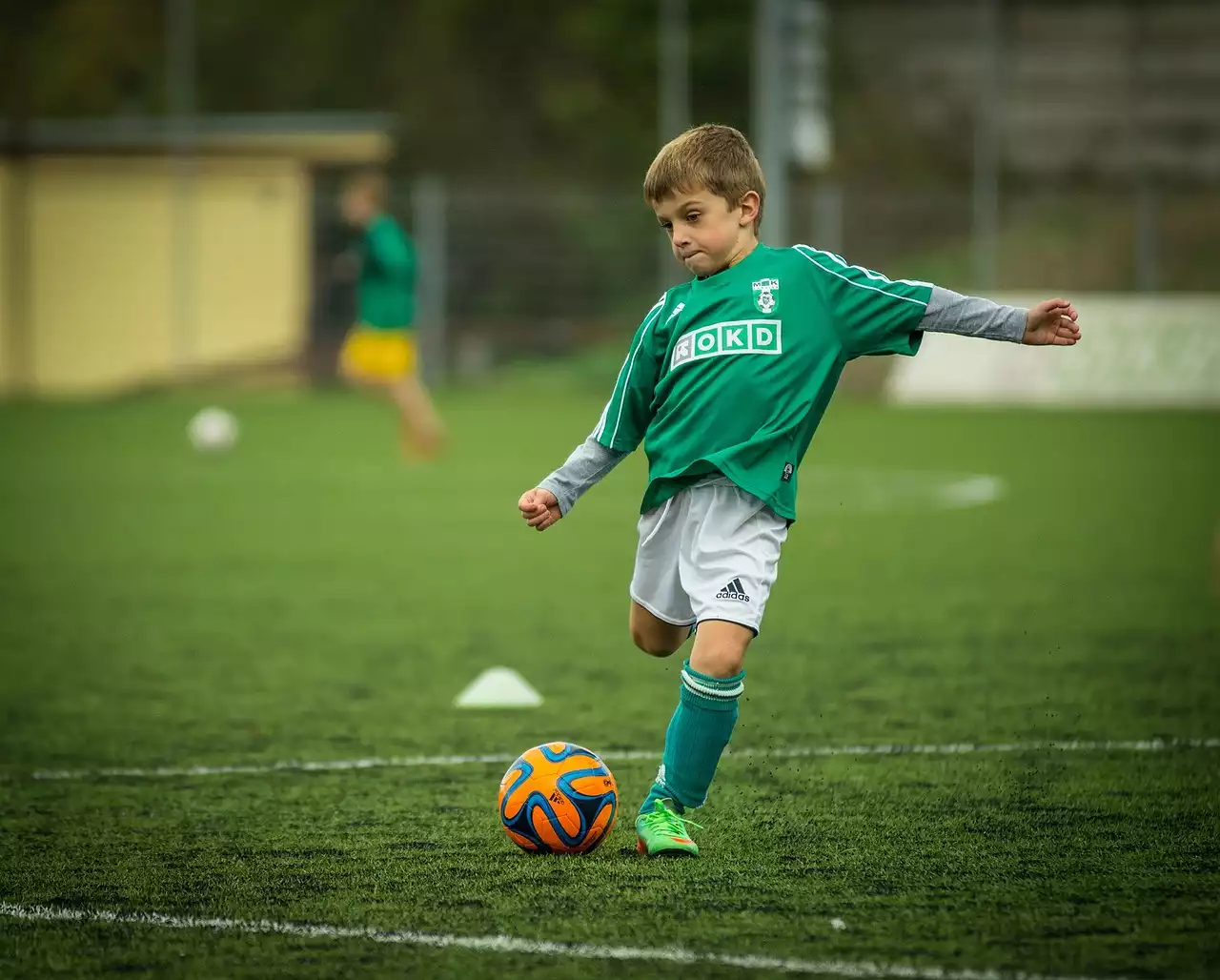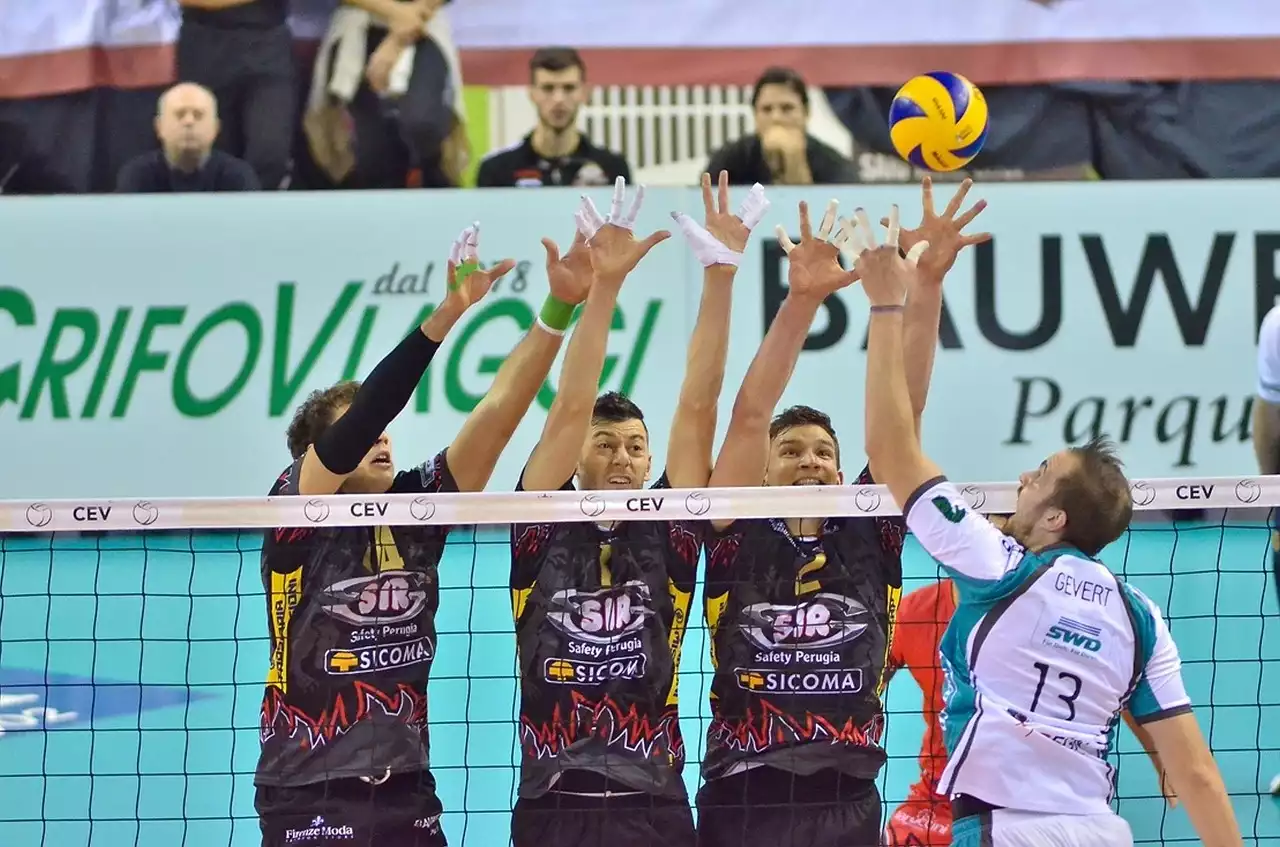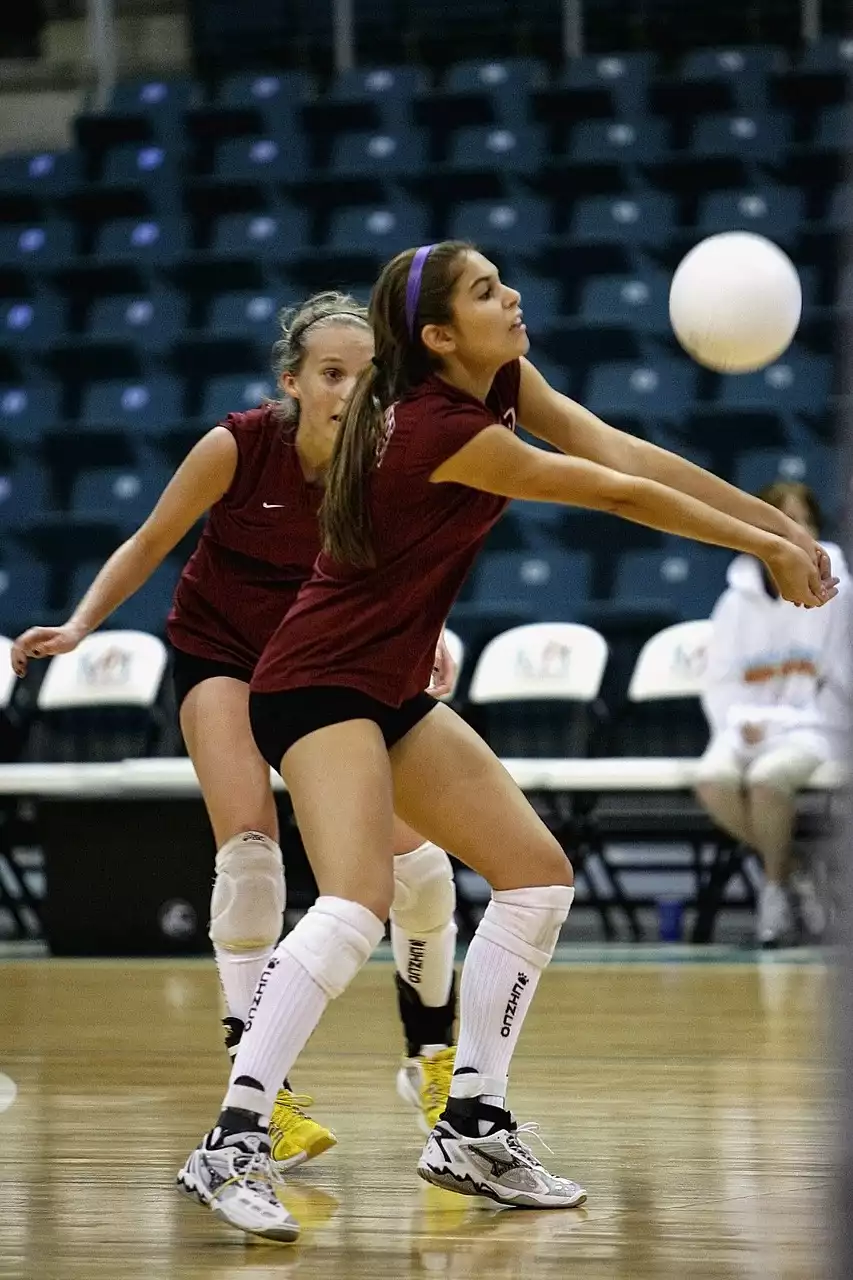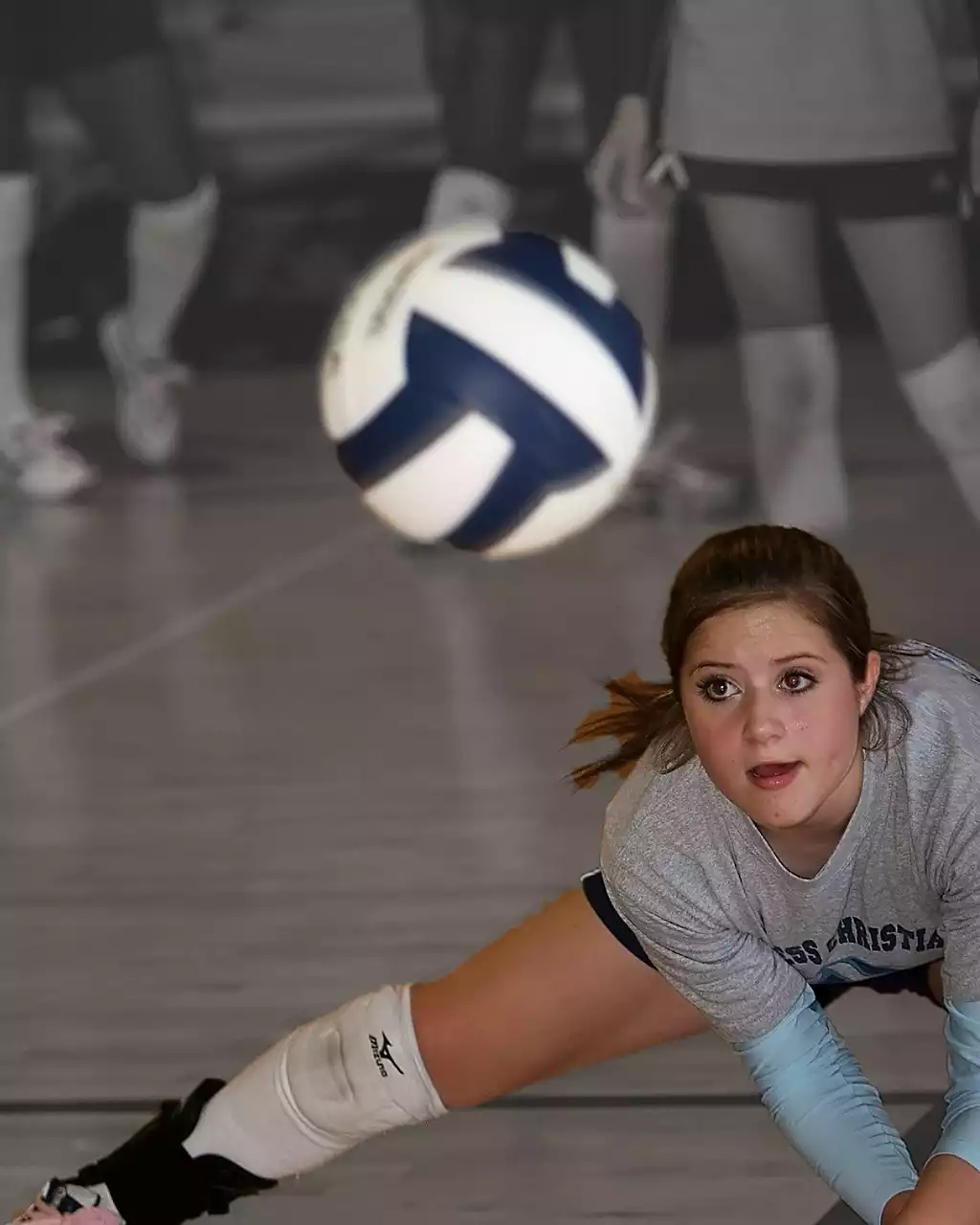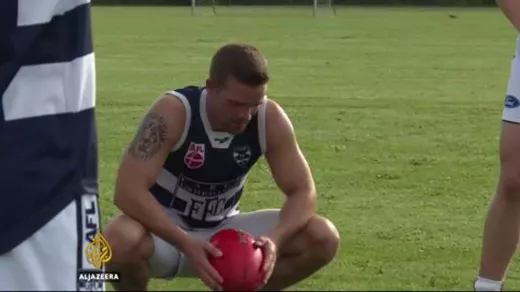What is Digging in Volleyball?
Digging in volleyball is the act of quickly and efficiently getting the ball off the ground and back up into the air. It is a defensive technique that requires quick reflexes, strong anticipation, and a good understanding of the game. It is usually used when the ball is going toward the ground after a hard hit from the opposing team. The digger needs to be able to quickly move to the ball, position themselves properly, and then get the ball back up into the air.
Digging is an important skill in volleyball because it can help keep the ball in play and prevent the opposing team from scoring a point. It is also a great way to build team momentum and help your team stay in control of the game. Digging can be tricky to master, but with practice and dedication, it is possible to become a master digger.
Benefits of Digging
Digging is an essential skill in volleyball that can have a huge impact on the game. Not only can it keep the ball in play, but it can also help your team build momentum and stay in control of the game. It is also a great way to build trust between teammates as they rely on each other to make the correct defensive play.
Digging can also help your team score points. It can create an opportunity for your team to score by setting up an easy opportunity for a teammate to attack the ball. Digging can also help to reset the play and give your team another chance to score.
Finally, digging is a great way to build confidence. As you get better at digging, you will be able to trust your instincts and be more confident in your decisions. This confidence will carry over to other aspects of the game, such as attacking and serving.
Preparation and Positioning for Digging
Before you can start digging, it is important to be prepared and in the right position. Proper positioning will help you read the trajectory of the ball and anticipate its landing. It is also important to be aware of your surroundings and know where your teammates are so you can make the right decision.
When positioning yourself for a dig, it is important to keep your feet shoulder-width apart and keep your body low to the ground with your knees bent. Your hands should be ready to strike the ball and your eyes should be focused on the ball and the surroundings. It is also important to have a good balance, as you may need to move quickly to get to the ball.
Types of Digs
There are two main types of digs in volleyball: the overhead dig and the underhand dig. Both types are important for different situations and can be used to get the ball back up into the air.
The overhead dig is usually used when the ball is coming in high and is usually done with the fingertips. The underhand dig is usually used when the ball is low and can be done with either the fingertips or the palm of the hand. It is important to know when to use each type of dig and practice them so you can be prepared for any situation.
Techniques for Digging
Once you know the different types of digs and are in the proper position, you can start to work on the techniques for digging. It is important to make contact with the ball as quickly as possible and be sure to have the correct angle. You should also make sure to keep your wrists loose and snap your arms forward to give the ball more power.
It is also important to pay attention to the trajectory of the ball and anticipate where it will land. This will help you make the right move and get to the ball in time. Finally, it is important to keep your head up and be aware of your surroundings. This will help you make the right decision and know when to dig or when to let the ball go.
Tips for Mastering Digging
Mastering the skill of digging takes practice and dedication. Here are some tips to help you improve your digging skills.
First, practice makes perfect. It is important to practice the different types of digs and work on your technique. You should also practice reading the trajectory of the ball and anticipating where it will land. This will help you make the right move and get to the ball in time.
Second, it is important to trust your instincts. Once you’ve had some practice and you’re comfortable with the different types of digs, you should trust your instincts and make the right move. This will help you get to the ball quicker and make the correct play.
Third, focus on the fundamentals. It is important to focus on the basics and make sure you are properly positioning yourself and making contact with the ball. This will help you develop your technique and become a better digger.
Finally, it is important to stay mentally focused. Digging can be a mentally taxing skill, so it is important to stay focused and stay in the moment. This will help you make the right decision and keep your team in the game.
